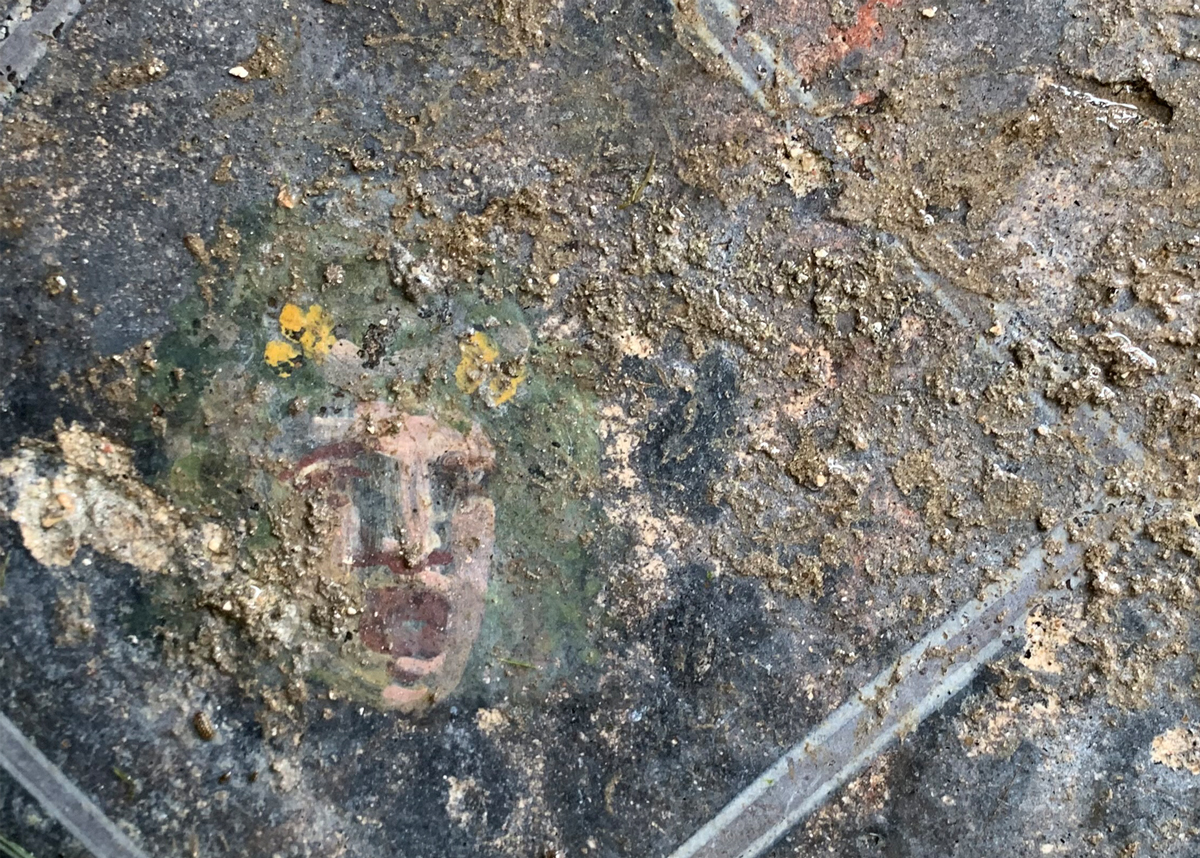Ancient Wall paintings at Ostia Antica and Beyond
Custom9:00 AM – 5:30 PMFebruary 25 – February 25, 2020

February 25
9 AM–1 PM, Engineering Building, Room 371 (third floor)
2:30–5:30 PM, ARC Building, Room D2
February 26
1–5:10 PM, Pratt Library, Alumni Reading Room (third floor)
5:30–8:30 PM, ARC Building, Room F11
This two day event brings together scientists, archaeologists, and students who participated in the research project to study the fresco paintings at the ancient Roman Port of Ostia Antica this past May 2019. This scientific study of the pigments and materials used to make the paintings 2000 years ago was performed as a partnership between the Math and Science department at Pratt, the department of History, Art and Archeology at the University of Louvain, Belgium and the Institute of Macromolecular Chemistry from RWTH Aachen University, Germany.
There will also be lectures on the topic of Ancient Wall paintings by Pratt faculty from the School of Architecture and the SLAS History of Art and Design Department along experts from the Department of Classical and Near Eastern Studies, Binghamton University (SUNY), the Fashion Institute of Technology / the FIT Center for Innovation (SUNY) and the Institute for the study of the Ancient World, Austrian Academy of Sciences (OAW.)
A reception exhibiting the students’ work, ancient pigments, and the scientific instrumentation used in the analysis of the paintings will take place in Pratt Studios Gallery 200 on February 26th from 6pm to 8pm. Ancient Roman snacks prepared from Roman cookbooks by the students will be served.
There will also be a mini fresco painting workshop on February 25th at 2:00 pm: registration is required for the workshop. Please email edelfede@pratt.edu or go to bit.ly/ostiafest to register.
For more information and to RSVP, please visit bit.ly/ostiafest.
Co-organized by the Department of Mathematics and Science and the Academic Initiative Fund, Pratt Senate
Image: Theatre mask wall painting from Ostia’s Sanctuary of the Bona Dea, 1st c AD, sc. third style